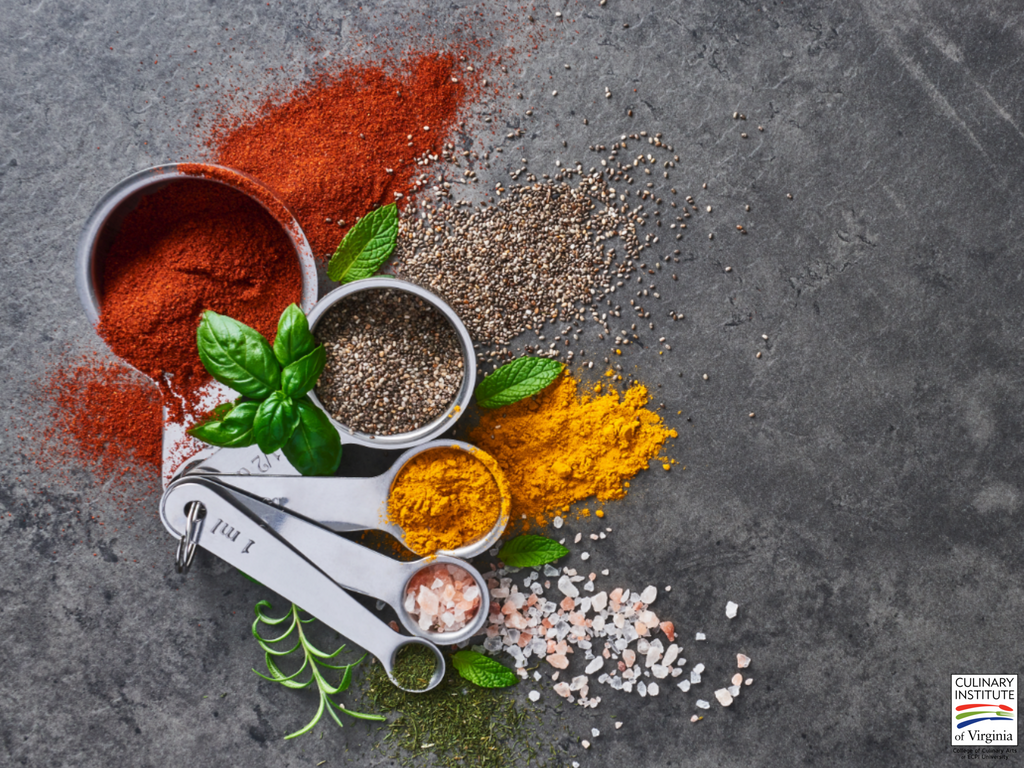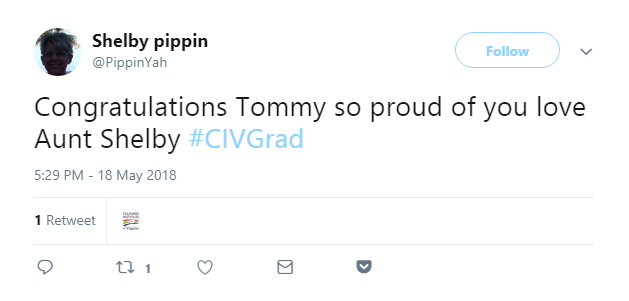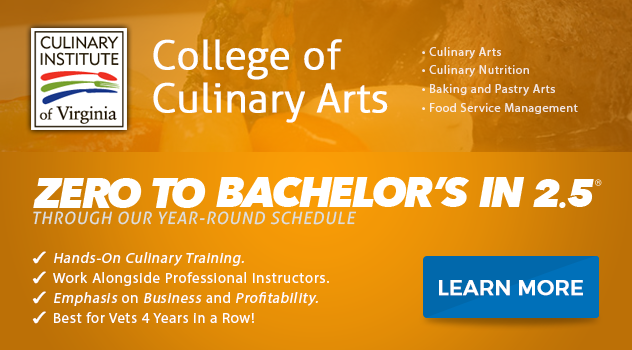Learning Culinary Math: Is it Complicated?
Though some people choose some fields to avoid STEM classes, almost every field has some mathematics in it. Culinary arts, though they are “arts,” are no exception. Culinary math is a broad descriptor for the fractions, multiplication, addition, subtraction, and conversions needed to be fluent and fast in a kitchen. Though some chefs feel their stomachs churn when they recall high school algebra class, most kitchen workers soon realize that culinary math is not complicated. Enlist modern technology and it becomes even easier!
Peeling Away the Layers of Culinary Math
In a commercial kitchen (cafeteria, restaurant, cafe, quick-order), consistency is key. Whether the product is a top-tier caviar with smoked sabayon or a school’s steam tray of macaroni and cheese, the kitchen must produce the same quality every time. This means simplifying steps and recipes to guarantee success even when the kitchen is slammed.
In many instances, the mathematics of recipes are already done for the line cooks and sous chefs. To produce 400 of the same plate in a seating, no kitchen will rely on each cook to measure out single ingredients; it would take far too long. Batches work faster, and the multiplication needed to scale up a four-serving recipe to 400 is done ahead of time.
Still, any kitchen worker needs to know some basic culinary math skills, which fall into these areas:
- Computation: For both whole numbers and decimals, you need addition, subtraction, multiplication, division, converting units, and ratios
- Fractions: Multiplying and dividing fractions; dividing wholes into fractions
- Geometry: Area, volume, shapes
For any thriving restaurant, conversion of raw food into salable portions involves control of waste and trimming, so mathematics are involved there, too. Most kitchens develop ways to use vegetable, fruit, and meat trimmings to reduce waste. Many a “soup of the day” includes cuttings from leafy greens, for example.
Don't Worry: it's Not Complicated!
No matter what your background with mathematics, you need not fear the kitchen math. Culinary math becomes second nature as you work with the same ideas day after day. If you struggled to conceptualize fractions in grade school, being in charge of portioning a sheet cake makes fractions tangible, reasonable, and edible.
The mathematics skills are not complicated. You can learn and master culinary mathematics because you use the computations for your work every day.
Consider fractions. You have a recipe calling for ½ teaspoon of baking powder to make 8 servings. To double the recipe, you need to multiply ½ x 2, which gives you 1 teaspoon. Easy enough, but what if the recipe calls for, say, 1½ whole bananas? Doubling that means dealing with fractions and whole numbers, so most chefs would just convert everything to halves: 1½ = 3/2. Multiply 3/2 x 2 = 6/2, or 3 whole bananas.
In a kitchen, you have the actual products in front of you. Struggling to multiply ¼ cup of confectioner’s sugar by 7? You could repeatedly measure out ¼ cup seven times if you needed to; otherwise you could multiply 7/1 x ¼ = 7/4 = 1¾ cups.
Conversions Can be as Easy as 1, 2, 3
Many kitchens depend on international recipes, which usually are delivered in metric units. Almost nobody makes these conversions in their heads; they depend on technology to convert, for example, the number of milliliters (mL) to teaspoons, or the number of grams to cups.
Smartphone apps abound; most include other features, like Wolfram Alpha’s Culinary Mathematics reference app. Online converters are plentiful, too: Convert-me.com, MyRecipes.com, and StartCooking.com all have them.
Conversions depend on decimal equivalents, because our U.S. system is a tangle of cups, teaspoons, tablespoons and ounces. The metric system sweeps all that aside in favor of integrated, organized units:
- Milliliters (mL)
- Liters (L)
- Grams (g)
- Kilograms (kg)
Perimeter, area, and volume are measured in centimeters (cm), square centimeters, and cubic centimeters (cc); a cake pan in the U.S. may be 9” x 13” but a 22 x 33 cm pan will serve equally well.
You'll Work with Geometry Without Even Realizing It
Understanding flat shapes (triangles, squares, circles) and three-dimensional shapes like cubes, spheres, and rectangular prisms will make your baking work easier. Geometry includes an understanding of the volume of solids, so making a three-tiered cake with three different-sized cakes becomes a simple matter.
Relax, You Can Do this!
Learning culinary mathematics is only one piece of the pie. Sure, completing 36 problems from a mathematics book in high school was boring, but producing 36 perfect baguettes from an actual French recipe is exhilarating and tasty!
Begin your culinary future by attending ECPI University's Culinary Institute of Virginia. Earn your Associate of Applied Science degree in Culinary Arts in as little as 15 months in our accelerated program. For more information about this exciting degree, connect with one of our friendly admissions officers today.
It could be the Best Decision You Ever Make!
DISCLAIMER – ECPI University makes no claim, warranty, or guarantee as to actual employability or earning potential to current, past or future students or graduates of any educational program we offer. The ECPI University website is published for informational purposes only. Every effort is made to ensure the accuracy of information contained on the ECPI.edu domain; however, no warranty of accuracy is made. No contractual rights, either expressed or implied, are created by its content.
For more information about ECPI University or any of our programs click here: http://www.ecpi.edu/ or http://ow.ly/Ca1ya.





